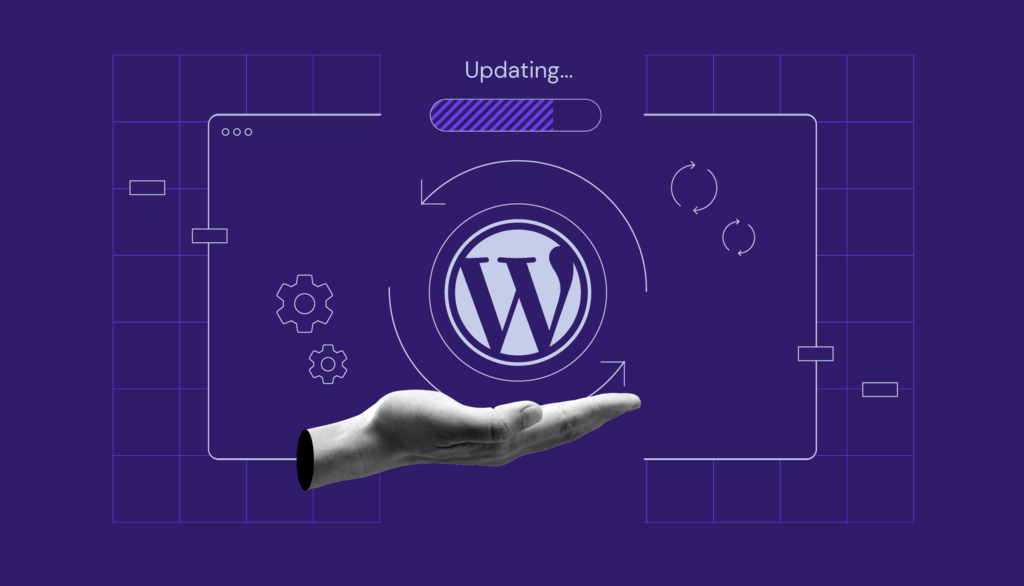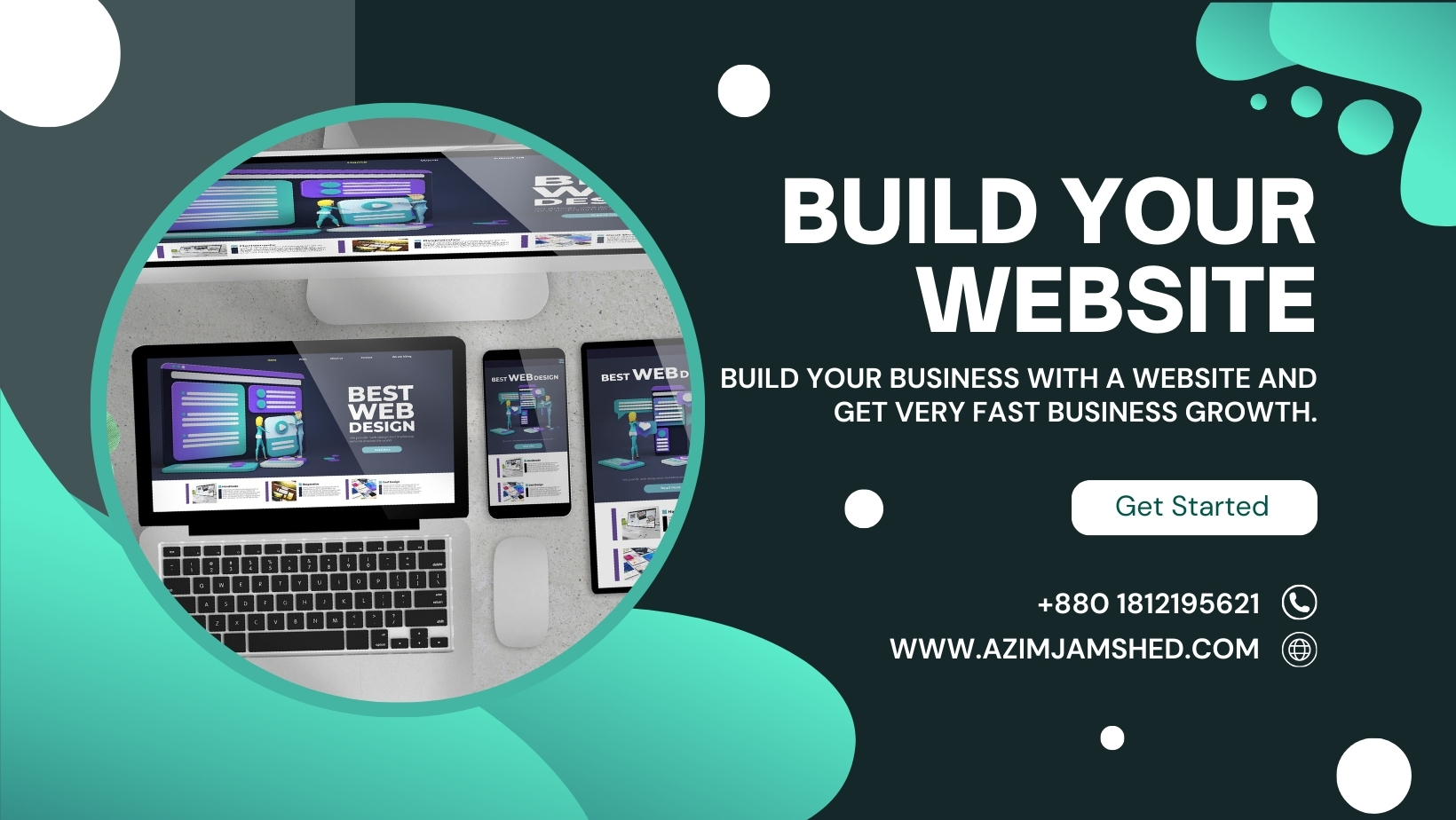Unveiling the Artistry of Web Design: A Glimpse into the World of a Web Designer in Bangladesh
In the vibrant digital landscape of Bangladesh, where innovation meets tradition, a new breed of professionals is shaping the online presence of businesses and individuals alike. Among these digital artisans is Azim Jamshed, a seasoned CMS web developer, whose expertise extends across platforms like Fiverr and Upwork. In this article, we embark on a journey to explore the intricacies of web design in Bangladesh and unravel the step-by-step process Azim follows to craft stunning and functional websites.
Web Designer in Bangladesh
Introduction to Azim Jamshed: A Trailblazer in CMS Web Development
In the heart of Bangladesh, Azim Jamshed stands as a testament to the evolution of web design. With a wealth of experience as a CMS web developer, Azim has carved a niche for himself on renowned platforms such as Fiverr and Upwork. His journey is a testament to the power of skill, dedication, and the dynamic world of web design. Web Designer in Bangladesh
The Essentials for Crafting a Website: A Comprehensive Guide
1. Vision and Planning:
Every website begins with a vision. Azim starts by understanding the client’s goals, target audience, and the overall purpose of the website. A detailed plan is essential, outlining the structure, features, and design elements that will bring the vision to life.
2. Domain and Hosting:
Selecting a domain name that reflects the brand identity is crucial. Azim emphasizes the importance of reliable hosting services to ensure optimal website performance and speed. This step lays the foundation for a seamless online experience.
3. CMS Selection:
Being a CMS (Content Management System) expert, Azim carefully selects the most suitable platform for each project. WordPress, Joomla, and Drupal are among his favorites, each chosen based on the unique requirements of the client.
4. Design and User Experience:
The visual appeal of a website is paramount. Azim leverages his artistic flair to create visually stunning designs that resonate with the target audience. User experience (UX) is a key focus, ensuring that visitors navigate the site effortlessly.
5. Responsive Design:
In a mobile-centric era, Azim ensures that every website he crafts is responsive. This means the design seamlessly adapts to various devices, providing an optimal viewing experience for users on smartphones, tablets, and desktops.
6. Development and Coding:
Azim’s expertise extends to coding, the backbone of web development. He meticulously writes clean, efficient code to bring the design to life. Attention to detail is paramount to ensure the website functions flawlessly.
7. Testing and Debugging:
Before a website goes live, Azim rigorously tests its functionality across different browsers and devices. This step involves identifying and fixing any bugs or glitches, ensuring a polished final product.
8. Launch and Maintenance:
With the website ready to meet the world, Azim oversees its launch. Post-launch, he provides ongoing maintenance, ensuring that the site remains secure, up-to-date, and continues to meet the evolving needs of the client.
Conclusion: A Symphony of Creativity and Functionality
As we delve into the world of a web designer in Bangladesh, Azim Jamshed emerges as a maestro, blending creativity with technical prowess. In the ever-evolving landscape of web design, professionals like Azim play a pivotal role in shaping the online identity of businesses and individuals. From envisioning the concept to crafting the final masterpiece, the web development journey is indeed an art form, and Azim Jamshed stands at the forefront, creating digital masterpieces that resonate in the virtual realm.
Here are some frequently asked questions (FAQs) related to web design and web development:
1. What is web design, and how does it differ from web development?
Answer: Web design primarily focuses on the visual aspects of a website, including layout, colors, and graphics. Web development involves the technical implementation of the design, including coding and functionality.
2. Why is responsive design important for a website?
Answer: Responsive design ensures that a website adapts to various screen sizes and devices, providing an optimal user experience. With the increasing use of smartphones and tablets, it is crucial for a website to be accessible and visually appealing on different platforms.
3. Which content management system (CMS) is best for a website?
Answer: The choice of CMS depends on specific project requirements. Popular CMS options include WordPress for its user-friendly interface, Joomla for its flexibility, and Drupal for robust customization capabilities.
4. How long does it take to develop a website?
Answer: The timeline for web development varies based on the complexity and scope of the project. A simple website may take a few weeks, while more complex projects can extend to several months. Effective communication and collaboration between the client and the developer play a crucial role in meeting deadlines.
5. What is the importance of website maintenance?
Answer: Regular maintenance is essential to ensure the security and optimal performance of a website. This includes updating software, fixing bugs, and implementing security measures. Ongoing maintenance also allows for the incorporation of new features and content updates.
6. How can I choose a suitable domain name for my website?
Answer: A good domain name reflects the brand, is easy to remember, and relates to the website’s purpose. It’s advisable to keep it short, avoid hyphens, and choose a name that is easy to spell. Checking the availability of the domain and considering the target audience are also important factors.
7. What is the role of user experience (UX) in web design?
Answer: User experience encompasses the overall satisfaction and ease of use that visitors experience on a website. A well-designed website prioritizes intuitive navigation, clear calls to action, and engaging content to create a positive and memorable user experience.
8. How do I ensure my website is search engine friendly?
Answer: Implementing search engine optimization (SEO) best practices is crucial for a website’s visibility. This includes using relevant keywords, creating quality content, optimizing images, and ensuring proper meta tags. Regularly updating content and obtaining high-quality backlinks also contribute to better search engine rankings.
9. What are the security considerations for a website?
Answer: Security is paramount in web development. Practices such as using secure hosting, implementing SSL certificates, regularly updating software, and securing user data through encryption are essential for safeguarding a website against potential threats.
10. How can I assess the success of my website?
Answer: Key performance indicators (KPIs) such as website traffic, conversion rates, and user engagement metrics can be used to assess the success of a website. Additionally, feedback from users and monitoring social media mentions provide valuable insights into user satisfaction and areas for improvement.
Content Management Systems (CMS): Empowering Digital Presence with Seamless Control
In the dynamic landscape of web development, Content Management Systems (CMS) stand as the backbone, empowering individuals and businesses to wield control over their digital presence. From blogging platforms to e-commerce giants, CMS has become a cornerstone, streamlining the creation, management, and publication of digital content. Let’s delve into the intricacies of CMS, exploring its significance, functionalities, and the transformative role it plays in shaping the online world.
Defining CMS: A Digital Architect’s Canvas
What is a Content Management System?
A Content Management System is a software application that enables users to create, edit, organize, and publish digital content without requiring in-depth technical knowledge. It provides an intuitive interface for managing text, images, multimedia, and other website elements.
Key Features and Functionalities:
1. User-Friendly Interface:
CMS platforms boast user-friendly interfaces, allowing individuals with varying technical expertise to manage website content effortlessly. The WYSIWYG (What You See Is What You Get) editors simplify the process, resembling the familiar functions of word processors.
2. Content Creation and Editing:
Content creation is streamlined with CMS, facilitating the addition and modification of text, images, and multimedia. Authors can collaborate in real-time, and changes are reflected instantly, promoting efficiency in content development.
3. Multi-User Collaboration:
CMS supports multiple user roles and permissions, enabling collaborative content creation. Administrators, editors, and contributors can work together seamlessly while maintaining control over access levels, ensuring a structured and secure workflow.
4. Customization and Themes:
CMS platforms offer a plethora of themes and templates, allowing users to customize the look and feel of their websites. This flexibility ensures a unique and visually appealing online presence that aligns with brand identity.
5. Plugins and Extensions:
One of the distinguishing features of CMS is the availability of plugins and extensions. These add-ons enhance functionality, providing features such as SEO optimization, e-commerce capabilities, social media integration, and more, tailored to specific needs.
6. SEO-Friendly Structure:
CMS platforms are designed with SEO in mind, facilitating the optimization of content for search engines. This includes customizable URLs, meta tags, and sitemaps, contributing to improved visibility in search engine rankings.
7. Responsive Design:
As the digital landscape evolves, CMS platforms prioritize responsive design. Websites built on CMS frameworks are inherently adaptable, ensuring a seamless user experience across devices, from desktops to smartphones.
Popular CMS Platforms:
1. WordPress:
Renowned for its versatility, WordPress powers a significant portion of the internet. It caters to various needs, from simple blogs to complex e-commerce websites, and boasts a vast library of plugins and themes.
2. Joomla:
Joomla is celebrated for its flexibility and extensibility. It suits a range of applications, including corporate websites, e-commerce portals, and social platforms, making it a preferred choice for developers seeking scalability.
3. Drupal:
Regarded for its robustness, Drupal is favored for complex projects that demand high customization. It excels in building large-scale websites and applications, offering advanced features and security options.
Best Web Developer in Bangladesh






